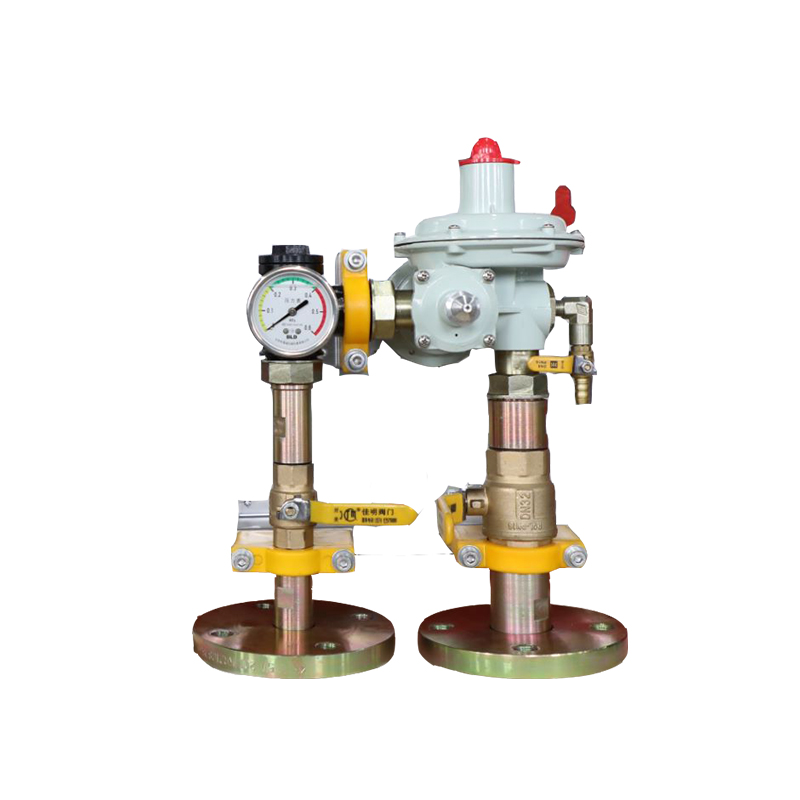
8 月 . 06, 2024 04:43
Back to list
Understanding Pressure Reducing Valves and Their Applications in Modern Industrial Systems
Understanding Pressure Reducing Valves
Pressure reducing valves (PRVs) are critical components in various industrial and residential systems, playing a vital role in regulating and maintaining pressure levels within pipelines. They ensure that the pressure downstream is reduced to a safe and manageable level, preventing potential damage to equipment and enhancing the overall efficiency of the system.
The Purpose of Pressure Reducing Valves
The primary function of a PRV is to decrease the input pressure from a supply source, such as a high-pressure pipeline or a fluid reservoir, maintaining a constant, predetermined output pressure. This feature is crucial in applications where varying inlet pressures can cause fluctuations that may lead to equipment damage or inadequate performance. PRVs are commonly used in water supply systems, heating systems, steam systems, and gas distribution networks, among other applications.
How Pressure Reducing Valves Work
A PRV operates based on a simple mechanical principle. It typically consists of a spring-loaded diaphragm that responds to the downstream pressure. When the inlet pressure exceeds the set point, the diaphragm moves, compressing the spring and opening a port to allow fluid to flow. This flow continues until the downstream pressure reaches the preset level, at which point the valve automatically adjusts to maintain that pressure.
The ability to set a specific output pressure makes PRVs versatile. They can be calibrated to meet the requirements of various systems, ensuring optimal performance and safety. Additionally, many modern PRVs feature built-in mechanisms that allow for fine-tuning and adjustments without the need for complete disassembly.
Advantages of Using Pressure Reducing Valves
.
1. Enhanced Safety Excessive pressure can lead to catastrophic failures in pipelines and machinery. PRVs help mitigate this risk by maintaining the pressure within safe limits.
صمام تخفيض الضغط

2. Equipment Protection By controlling pressure, these valves protect sensitive equipment from damage caused by pressure surges or fluctuations, thereby prolonging their lifespan.
3. Water Conservation In water supply systems, PRVs help manage leaks and overflows by ensuring the pressure is optimized for efficient usage, ultimately leading to water conservation.
4. Energy Efficiency Maintaining the appropriate pressure levels can lead to increased energy efficiency in heating and cooling systems, as the equipment does not have to work as hard to overcome excessive pressure.
5. Cost Savings By preventing equipment failure and costly repairs, PRVs can lead to significant savings in maintenance and operational costs.
Choosing the Right Pressure Reducing Valve
Selecting the appropriate PRV for a specific application requires careful consideration of various factors, including the type of fluid being transported, the required output pressure, and the flow rate. It is also essential to choose a valve material that is compatible with the fluid to prevent corrosion or other forms of degradation.
Furthermore, PRVs come in different designs and configurations, such as direct-operated and pilot-operated valves, each with its advantages depending on the application. Consulting with a qualified engineer or a knowledgeable supplier can help in making the right choice to meet specific needs.
Conclusion
Pressure reducing valves are indispensable tools in modern piping systems, ensuring operational safety and efficiency. By regulating pressure levels, these valves protect both equipment and users, providing reliable performance in a variety of applications. As industries continue to evolve and seek greater efficiency, the role of PRVs will undoubtedly become even more significant, underscoring the importance of understanding and effectively utilizing these essential components.
Latest news
-
Unlocking The Quality Gas Pressure ReducersNewsNov.01,2024
-
The Role of Gas Pressure Reducing StationsNewsNov.01,2024
-
The Importance and Functionality of Safety Relief ValvesNewsNov.01,2024
-
The Essential Role of Safety Valves in Natural Gas ApplicationsNewsNov.01,2024
-
The Essential Role of Gas Pressure RegulatorsNewsNov.01,2024
-
Enhance Your Premium Gas FiltersNewsNov.01,2024

